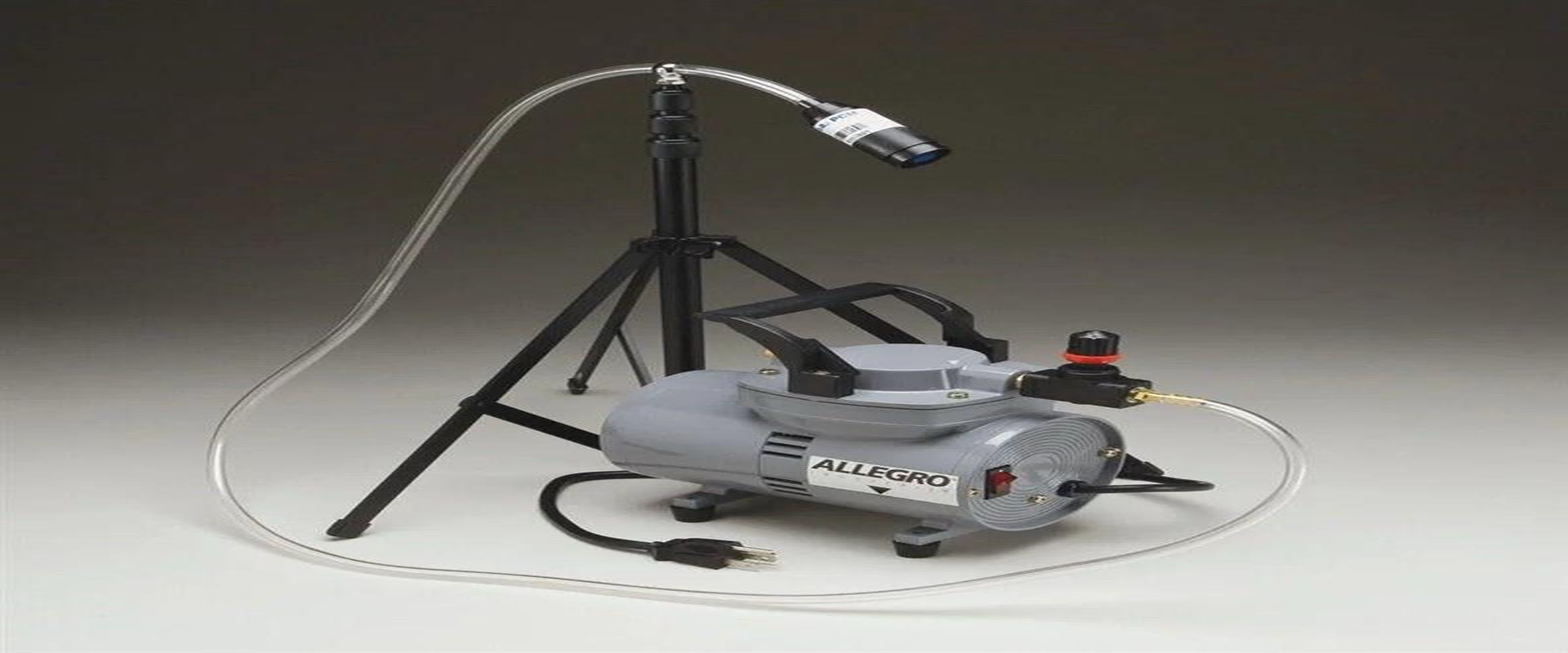Ensuring a safe and healthy environment starts with proper testing and monitoring of hazardous materials. Two of the most vital processes in this effort are EPA Mercury Sampling and Lead Dust Wipe Sampling. These sampling techniques play an essential role in identifying toxic substances in homes, workplaces, schools, and industrial areas. By detecting mercury and lead early, these methods help prevent potential health risks, support environmental protection, and ensure compliance with government regulations.

Understanding EPA Mercury Sampling
EPA Mercury Sampling is a scientific process used to detect and measure the concentration of mercury in air, water, soil, or building materials. Mercury is a naturally occurring element, but when released into the environment through industrial processes—such as coal burning, waste incineration, or improper disposal of fluorescent lamps—it becomes a significant health hazard. The Environmental Protection Agency (EPA) has developed specific guidelines and standardized sampling methods to accurately measure mercury levels and assess contamination.
Mercury can exist in several forms: elemental (metallic), inorganic, and organic. Each type poses distinct risks. For example, methylmercury—a highly toxic organic form—can accumulate in fish and other wildlife, entering the human food chain. Through EPA Mercury Sampling, experts can identify sources of contamination and help mitigate exposure risks for both people and the ecosystem.
The sampling process typically involves collecting air, water, or material samples using specialized equipment designed to avoid cross-contamination. Laboratories then analyze these samples using advanced techniques such as cold vapor atomic absorption spectroscopy (CVAAS) or inductively coupled plasma mass spectrometry (ICP-MS). The results provide accurate mercury concentration data, enabling effective decision-making for cleanup, remediation, or further investigation.
Why EPA Mercury Sampling Is Important
The importance of EPA Mercury Sampling cannot be overstated. Mercury exposure, even at low levels, can harm the nervous, digestive, and immune systems. It poses particular dangers to pregnant women, infants, and children, affecting brain development and cognitive function. By regularly testing environments for mercury, communities can take proactive steps to reduce exposure, comply with EPA standards, and protect public health.
Moreover, accurate mercury sampling helps industries maintain environmental responsibility. Facilities handling products containing mercury—such as batteries, thermometers, or fluorescent bulbs—must adhere to disposal and recycling regulations. Through regular EPA-compliant sampling, businesses demonstrate their commitment to environmental safety and regulatory compliance.
Understanding Lead Dust Wipe Sampling
Another equally critical environmental safety method is Lead Dust Wipe Sampling, which focuses on detecting and measuring lead contamination in dust. Lead, like mercury, is a toxic heavy metal commonly found in older buildings with lead-based paint, plumbing systems, and certain industrial materials. Even small amounts of lead dust can pose serious health risks, especially to children under six years old.
Lead Dust Wipe Sampling is a standardized technique approved by the EPA and the Department of Housing and Urban Development (HUD) to assess lead dust levels on surfaces such as floors, windowsills, and countertops. The process involves using pre-moistened wipes to collect dust from measured areas. These samples are then analyzed in certified laboratories to determine the concentration of lead (measured in micrograms per square foot).
The Process of Lead Dust Wipe Sampling
The lead dust sampling process follows a detailed protocol to ensure accuracy and consistency. Trained professionals first identify potential lead-contaminated surfaces, mark specific sampling areas, and use disposable wipes to collect dust. After labeling and sealing the samples, they are sent to accredited laboratories for analysis. The results are compared to federal or state clearance levels to determine whether the surface is safe or requires remediation.
For example, the EPA has set clearance levels of 10 µg/ft² for floors and 100 µg/ft² for windowsills. If test results exceed these limits, professional cleaning or abatement is necessary. Regular Lead Dust Wipe Sampling helps property owners, landlords, and renovation contractors ensure their spaces meet health and safety standards.
Health and Environmental Benefits
Both EPA Mercury Sampling and Lead Dust Wipe Sampling play crucial roles in preventing long-term health problems and environmental degradation. Mercury poisoning can lead to neurological and developmental issues, while lead exposure can result in anemia, kidney damage, and behavioral disorders. Routine testing identifies these hazards before they escalate, ensuring that corrective measures can be implemented swiftly.
On an environmental level, these sampling methods help prevent contamination from spreading. For instance, detecting mercury in industrial waste or stormwater runoff allows immediate containment, protecting nearby soil and water sources. Similarly, lead dust sampling prevents toxic particles from being inhaled or transferred through household surfaces.
Compliance and Certification
Environmental professionals performing EPA Mercury Sampling and Lead Dust Wipe Sampling must follow strict procedural standards. Many states require certification and training through accredited programs to ensure technicians handle hazardous materials safely and accurately. The data collected during these processes also supports compliance with the Resource Conservation and Recovery Act (RCRA), the Clean Air Act, and the Toxic Substances Control Act (TSCA).
Homeowners, contractors, and building managers can request certified environmental testing services to ensure their properties are free from harmful toxins. Whether during property renovations, demolitions, or environmental inspections, professional sampling helps maintain safe living and working environments.

Conclusion
In today’s world, awareness of environmental toxins like mercury and lead is more critical than ever. The combination of EPA Mercury Sampling and Lead Dust Wipe Sampling offers a powerful approach to detecting, managing, and preventing contamination. These tests safeguard not only public health but also the integrity of our ecosystems.
From industrial sites to residential areas, proactive environmental testing ensures compliance with safety standards, reduces liability, and promotes cleaner, healthier communities. By investing in regular mercury and lead dust sampling, individuals and organizations take an essential step toward a sustainable and toxin-free future.




Comments